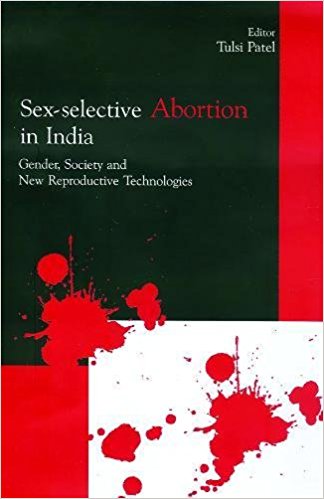This is a timely book on an important issue that is centre-stage since the 2001 census, namely the disappearance of baby girls. The female male ratio (FMR) in the world —that is the number of females per thousand males—is 9901 . Western Europe has a figure of 1,064 females per thousand males and Africa, 1,015. Asia as a whole has FMRs of 953, but India shares extremely negative sex ratios with a number of her neighbours in Asia. Values of less than 950 females per thousand males are found in countries of West Asia (940), Pakistan (929), India (933), Bangladesh (939) and China (941), an arc of anti-female countries, cutting across religions. There has been a steady decline of the overall sex ratio (SR) over the 20th century in the country. While the 1901 census showed 972 females per thousand males, this had declined steadily to 946 in 1951, 941 in 1961, and 930 in 1971. The 1981 Census however threw up a happy figure of 934 females per thousand males. The optimistic thought this indicated a halt in the decline in the SR.
The 1991 figure however put paid to this optimism: it revealed a further decline to 927. Demographers now accept that the 1981 figure was caused by a significant under-counting of females due to a decline in the quality of the 1971 census. They are agreed that the 1991 and 2001 Censuses are free from this infirmity. This is to say that the 2001 census figures, of 933 females per thousand males, are real and indicative of an improvement in the overall survival of females. This is reflected too in the improvement in the Life Expectancy at Birth for females. Despite the fact that it is estimated that there are 35 million missing females in India as per the 2001 census, does the SR indicate that we have turned the corner?

